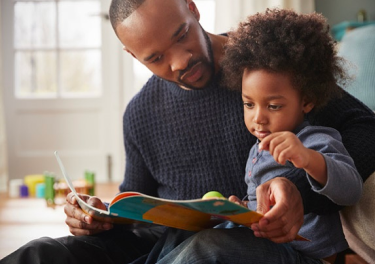READING TIPS FOR PARENTS
For some, a love for reading needs to be nurtured. Small actions, practiced consistently, can produce healthy reading habits in children of all ages. Below are tips and strategies to get kids of all ages reading.
Tips to Build Oral Language and Background Knowledge Skills
Long before young children learn to read, they hear lots of words in everyday conversations and through being read to. Building up a child’s “word bank” from a very young age is great preparation for reading fluency and comprehension later on.


Tips to Build Phonological
Awareness Skills
Phonological and phonemic awareness are important pre-reading skills, related to the ability to hear, identify, and play with the sounds in spoken language — including rhymes, syllables, and the smallest units of sound (phonemes). Children with strong phonological awareness skills are ready to connect the sounds to the letters that represent them and become readers.


Tips to Build Word Reading Skills
The goal of phonics instruction is to help children learn the alphabetic principle — the idea that letters represent the sounds of spoken language — and that there is an organized, logical, and predictable relationship between written letters and spoken sounds. A child with strong word-reading skills uses this knowledge of sound-letter correspondence to read familiar and unfamiliar words and begins to read with ease.


Your child will be reading on their own before you know it. Start with our tips and see how far a lot of practice and a little patience can take them.





















